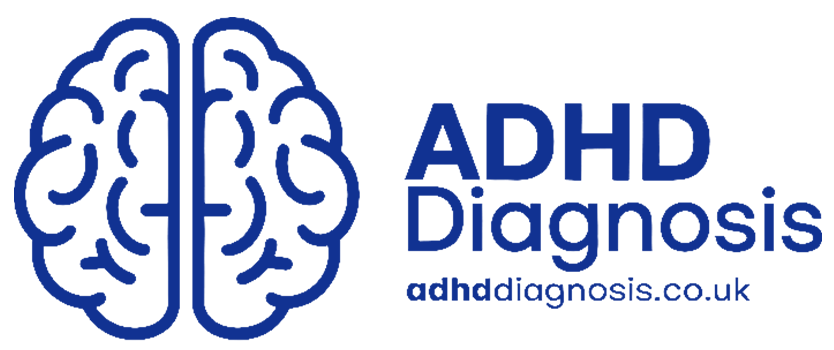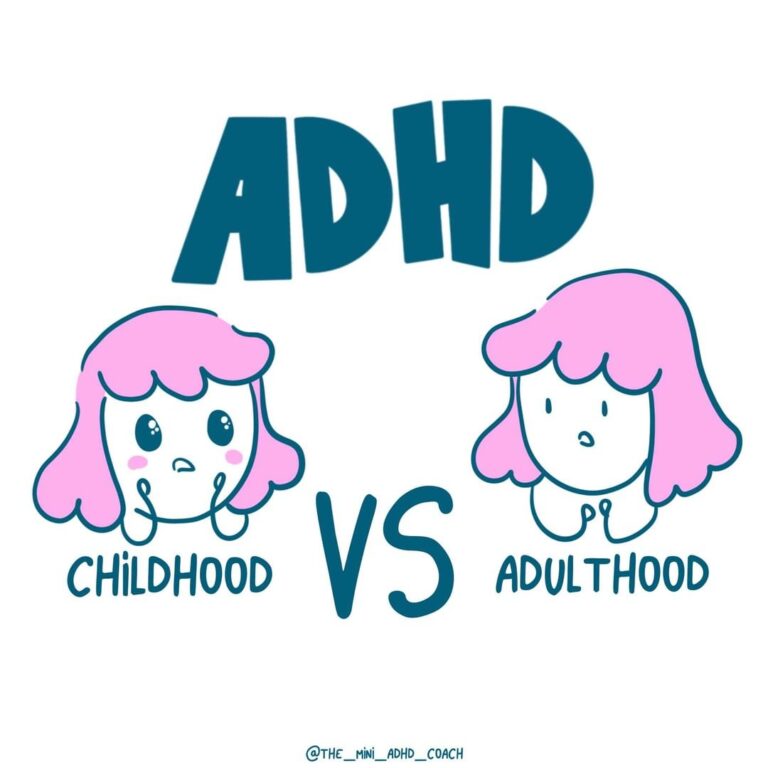Despite growing awareness, myths about ADHD still persist—and they can create real barriers for people seeking a diagnosis. One widespread myth is that ADHD is only a childhood disorder. In reality, up to 60–70% of children with ADHD continue to experience symptoms into adulthood. Many adults who were never diagnosed as children go through life feeling out of step with the world, only to realise later that ADHD was at the root of their struggles.
Another harmful myth is that ADHD is simply an excuse for laziness or bad parenting. This stigma can prevent parents from seeking support for their children, or adults from pursuing a diagnosis themselves. ADHD is not a result of poor discipline—it’s a neurodevelopmental condition with a biological basis. Brain imaging studies have shown differences in the structure and activity of ADHD brains, particularly in areas that manage attention, impulse control, and executive function.

There’s also a belief that ADHD is overdiagnosed or that everyone has a bit of ADHD. While it’s true that many people feel distracted or restless at times, ADHD is a clinical diagnosis involving persistent and impairing symptoms. Misconceptions like these trivialise the experiences of those genuinely living with the condition. Some even believe that only boys get ADHD, yet girls and women often present differently—more internalised, with inattentiveness, daydreaming, or emotional sensitivity, leading to underdiagnosis.
Debunking these myths is essential to creating a more supportive and informed environment for those with ADHD. Increased understanding leads to greater acceptance, better diagnosis rates, and ultimately, improved lives.






